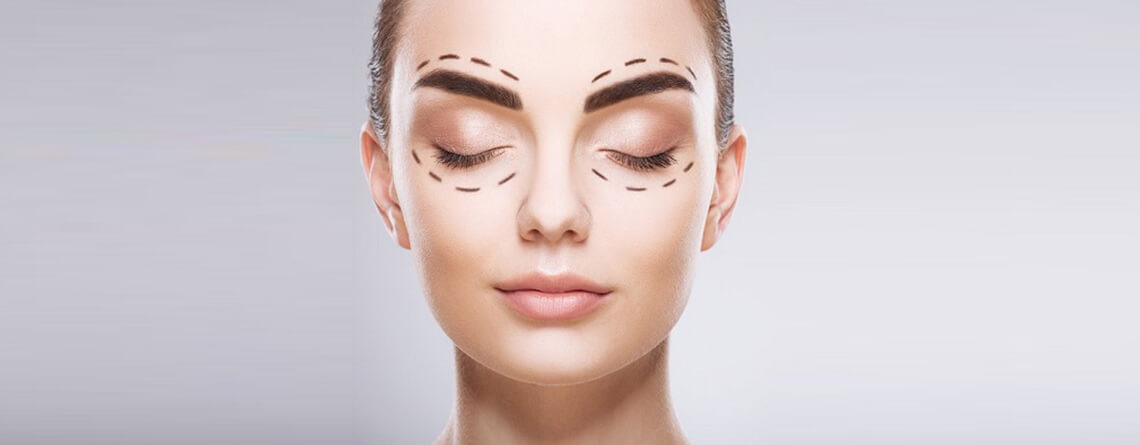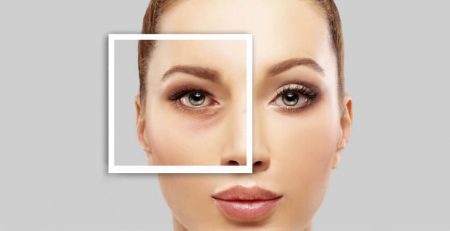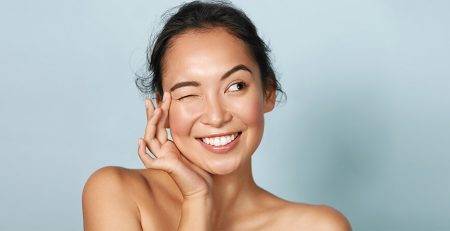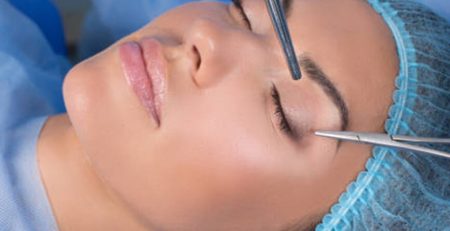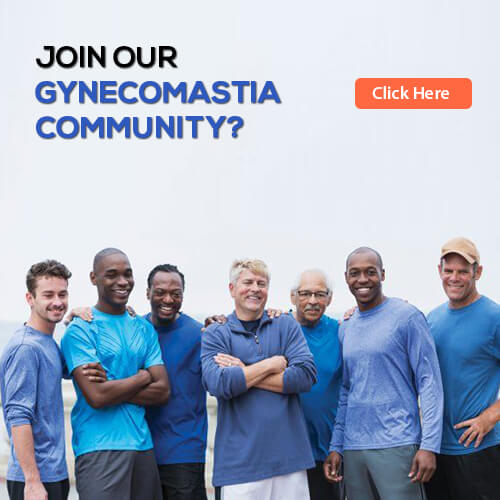The Complete Guide to Blepharoplasty Surgery Procedure
We all adore young facial features, and most of us wish we could still have them. Let us assist you if you’re having difficulties identifying it. Our skin is smooth and strong from birth; no creases or droops can be seen. Our skin ages with us and starts to droop when it loses its youthful plumpness.
Your arms and hands will eventually exhibit signs of ageing after seeing wrinkles around your eyes and lips. Your eyelids are one place that you may not have thought about contributing to your ageing appearance.
Men and women of a particular age frequently become aware of their drooping eyelids, which make them appear older and, in some cases, make it hard for them to see.
We frequently suggest eyelid surgery to our patients, whether they want it for the cosmetic benefit of looking years younger or for the practical need of better peripheral vision.
Eyelid surgery may seem strange to some people, yet we frequently witness the substantial advantages that patients experience due to this technique. If you’ve never considered having your eyelids operated on, you’re fortunate since we’ve included a detailed explanation of the process below.
Blepharoplasty surgery procedure: Blepharoplasty, often known as eyelid surgery, is your eyes’ aesthetic and reconstructive renewal. This is accomplished without leaving any scars. Although the treatment appears extremely risky and terrifying — as anything involving good expertise tends to — you will be in great company as sure as you have a skilled surgeon with the required technique. When done properly, this operation is quick and painless.
How You Prepare
Before your treatment, you must have a prolonged consultation with your surgeon. Getting a thorough rundown of what to anticipate from blepharoplasty eyelid surgery in Delhi is important, including any potential dangers of the surgery, including; Anaesthesia risks, bleeding due to incisions, numbness of the eyelashes, swelling and bruising.
Additionally, your surgeon will need complete details regarding any prior procedures you may have had on your eyes. They will also inquire about any existing medical ailments you may have, such as allergies, glaucoma, diabetes, thyroid issues, dry eyes, and circulatory issues. Along with telling your doctor if you drink or smoke, you’ll also need to list all the vitamins, pharmaceuticals, and herbal supplements you’re taking.
Your expert plastic surgeon will advise you on which medications and how long to stop taking them based on the information you supply. They might offer substitutes, ensuring that your results have few negative side effects.
Following that, you will require:
- Get a medical evaluation or lab tests.
- Take certain prescriptions or change the dosage of your present ones.
- You should not take aspirin, a heavy dose of drugs and herbal supplements because they can cause more bleeding and bruising.
- Physical assessment – Measure your eyelids and assess your tear ducts, if applicable.
- Eyesight Examination – Your surgeon will examine normal and peripheral vision during the vision examination. You must do this if your insurance pays for your eyelid reconstruction.
- Eyelid photography – It occurs when your surgeon takes images of your eyes from differing viewpoints. This makes it possible for better planning, which leads to better outcomes. They can assess the procedure’s results on you based on these images.
The use of tobacco is one of the major complications. Whether it be through smoking or another method, tobacco can obstruct normal blood flow. You’ll need effective blood flow during and after eyelid surgery to encourage healing. You should avoid smoking for at least one month before and following eyelid surgery. If you want to look younger, giving up smoking may help with that objective. Cigarettes may be one of the things hastening your premature ageing.
Making sure you can leave the hospital is the last consideration during the planning phase. You might want to depart the hospital after your blepharoplasty surgery since it is a daycare procedure. In this situation, you need a ride back. Alternately, you could need to spend the night if you need another approach. The entire experience can be improved and less frightening by having anyone by your side. Your overnight stay may also be more enjoyable as a result!
Have questions or want to get started? We are ready to help you with a smile!
Blepharoplasty Surgery Procedure
We can start talking about the procedure now that you know how to prepare. The excision of extra fat and skin from the area around the eyes is known as blepharoplasty. Although it is mostly cosmetic, upper eyelid rebuilding may be necessary. Blepharoplasty is always a cosmetic procedure on the lower lid. By reviving the eyes, eyelid surgery in Delhi seeks to revitalise the face. The focal point of your face, your eyes, must be taken care of. By infusing them with fresh vitality, you give your appearance more character and let your personality shine.
Eyelid surgery procedure
Since blepharoplasty surgery procedure involves such a delicate organ, many patients experience anxiety. But when carried out by a skilled, board-certified specialist, it is secure and produces top-notch outcomes. The outcomes are also incredibly realistic-looking.
After providing anaesthesia, the surgeon will make incisions along the existing natural wrinkles around the eyes. Since it conceals the scar during healing, the curve across the upper eyelid is a common choice. It provides the ideal entry point for removing extra skin and fat and contouring the body’s fat and muscle.
Typically, the lower eyelid’s incisions are done on the inside of the eyelid or along the waterline. This once more conceals the ensuing scars and guarantees a comfortable, quick recovery.
Let us understand about different types of blepharoplasty surgery thoroughly!
Upper Eyelid Surgery
Your surgeon marks the incisions’ entry places before they are made, and the cutting starts. It is not an option to have obvious scars around your eyes after an incision. Therefore, they conceal the incisions using the folds and creases that naturally exist in your eyelids. The cuts are also made very thinly, making them essentially undetectable. Such tiny incisions are all that is required with a skilled surgeon to remove any extra skin, muscle, and fat.
Additionally, your surgeon might need to correct your ptosis and upper eyelid blepharoplasty. Ptosis is a disorder when the muscle of the upper eyelid stretches out and droops, consequently approaching the pupil closer as a result. Your surgeon can remove it through the incisions made during eyelid surgery in Delhi, and your doctor will then set up support for the sagging eyelid.
Asian Blepharoplasty Surgery
Another surgery that appears to “raise” eye size is Asian blepharoplasty or the formation of an upper eyelid crease. In most Asian eyes, there is no distinction between the skin above and the eyelid, and there is no natural crease in Asian eyes where Caucasian eyes have this distinction.
Incisions and stitches are used in Asian blepharoplasty to produce the upper eyelid fold. Asian eyes immediately appear larger by being more naturally Caucasian. This process serves as an additional means of “enlarging” the eyes. The surgery may even pair it with standard blepharoplasty, which involves removing extra skin and fat for the greatest results. But maintaining a natural-looking wrinkle over the upper eyelid is always the objective.
Lower Blepharoplasty Surgery
The incision is often made along the lower lashes on the lower eyelid. This gives excellent access while keeping it well-hidden. This reshapes or eliminates the extra muscle, fat, and skin, giving your face volume and a fuller appearance.
Your surgeon can choose to make a transconjunctival incision to remove or distribute extra fat. Instead of the waterline, and this is constructed on the interior of the lower lid. It can treat lower eyelid issues without removing excess skin and is an option for the prior incision.
Sutures or skin glue are then used to seal the incisions. Usually, stitches are removed after a week. Your surgeon may also use laser technology or chemical peels to eliminate discolouration surrounding the lower eyelid. The results then improve daily as the bruising and swelling go down.
What You Can Expect
The outcomes of your blepharoplasty surgery procedure rely on your surgeon’s skill, method, and facility, as was previously stated. But if you work with a board-certified specialist, you may anticipate long-lasting results that revive your eyes and give you a radiant shine. These outcomes are wholly justified, given how painlessly the treatment was carried out. Your face’s focal point once again becomes your eyes, which elevate your entire appearance and shine like they were intended to.
Your sunken-in eyes and tired-looking face have disappeared. Instead, your appearance is more youthful, and there is little danger that you may experience vision problems due to extra skin, fat, or muscle covering your eyes. Although it can take a few months for the scars to disappear, the incisions were placed such that only you can see the scars. They are invisible to others, and they only notice a new, much younger version of you!
Your eyelids likely feeling tight and even uncomfortable right after your surgery is typical. They might be sticky, wet, or dry, and they might be light-sensitive. The surgeon discusses your postoperative care with you, especially appropriate pain management options. Adherence to these guidelines is crucial because some over-the-counter pain relievers can thin your blood and hinder healing.
Recovery
Following reactions to having your eyelids operated on are typical. To ensure your safety during the early, crucial stage of recovery, your surgeon and the hospital’s associated staff will keep a close eye on you. Most people experience the following right away after the blepharoplasty surgery procedure:
- A vision that is hazy due to the lubricating eye cream you applied
- Dual sight
- Sensitivity to light
- Either discomfort or pain
- Floater, numb eyelids
- Equivalent to having black eyes in terms of swelling and bruising
- Eye itchiness
Rehabilitation Timeline
After having a blepharoplasty surgery in Delhi, an outpatient daycare operation, you can return home in a few hours. Blepharoplasty recovery is also very comfortable. The day following surgery, you can resume your regular activities, and two to three days later, you can even return to work.
Apply cold compresses for 10-15 minutes every hour for the first hour following your operation. Lowering and alleviating the swelling and irritation around the eyes encourages quicker healing. If available, turn to warm bandages after 48 hours for faster recovery. Otherwise, keep applying cold compresses. These actions guarantee that your swelling and redness significantly subside within 1-2 weeks.
The fact that your bruises and swelling have subsided does not imply that your eyes are prepared for makeup. Use no makeup or contact lenses until your recovery is done and your eyes are fully healed. This could cause eye irritation and make the healing process take longer.

Conclusion for Blepharoplasty Surgery Procedure!
In short, most patients discover that eyelid surgery in Delhi is wholly worthwhile. Even if they may have to spend more money to receive care of a higher calibre, they will benefit from it in the form of durable outcomes and painless, safe procedures. People who wish to revitalise their faces without obtaining a facelift continue to choose blepharoplasty as their procedure of choice. It can, however, be coupled with other operations like a facelift or brow lift.
If the hollowness is in another area of the face, it can also be done in conjunction with a facial fat transfer. Each procedure is performed to maintain your anatomical integrity and adhere to the existing under-skin structures and shapes, which guarantees realistic-looking outcomes.
Your surgeon decides which aspect of the surgery would be most advantageous for you based on the anatomy and structure of your face. Always strive to produce the most outward indications. Therefore, you are in good hands if you have the correct surgeon and are a good candidate for blepharoplasty.
Multiple factors affect how much blepharoplasty in Delhi will cost. At each stage, increased quality comes at a higher price. However, you should strive for the best when you wonder how much blepharoplasty in Delhi would cost. If not, you can pay even more to have the original procedure fixed. Make sure you take all the required measures correctly the first time for those high-quality outcomes!
Dr Rajat Gupta, a board-certified plastic surgeon and a national gold medalist in plastic surgery, uses state-of-the-art equipment and the latest techniques to create enhanced and natural-looking results in every blepharoplasty surgery procedure. His expertise of over 10 years ensures that he performs painless and scar-free procedures, ensuring a comfortable recovery and desirable results every time!
Dr. Rajat Gupta
MBBS, MS, DNB(Gen. Surg.),
DNB (Plastic Surgery)
Dr. Rajat Gupta is a board certified plastic surgeon in India with 18+ years of experience to back his expertise in the domain of aesthetic surgeries.
Having completed his training from Maulana Azad Medical College and equipped with a thorough understanding of aesthetic needs of people, Dr. Gupta strives to offer the best remedies and cosmetic procedures outfitted with the latest technology to the aspirants in India and across the globe. To book an appointment, call: +91-9251711711 or email: contact@drrajatgupta.com

